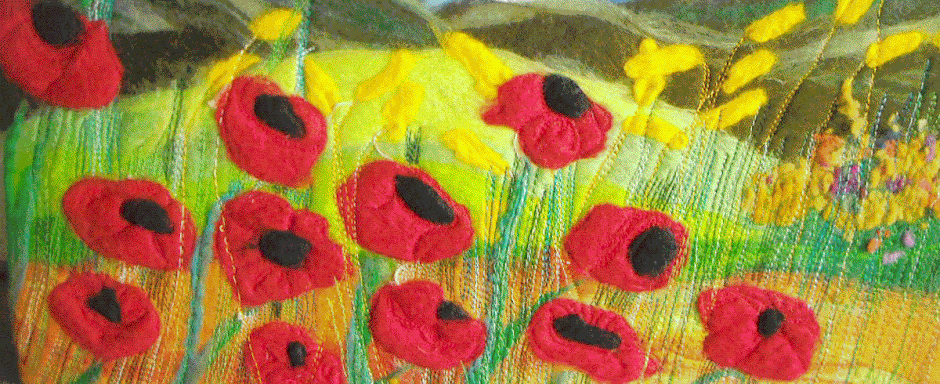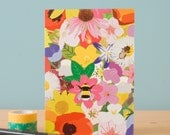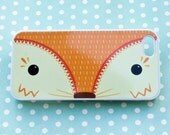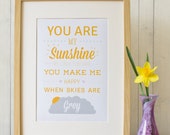In my last blog we did the preparation for paper making and are now ready to go ahead and form sheets of paper.
In your plastic tray you need to make a mould. This is simply 3 layers of newspaper. Fold the bottom one in to a small rectangle, the next in to a larger rectangle and sit it on top of the first one. Next put on the top piece of newspaper which should be bigger again. Cover with a damp cloth and you should have a little hill.
 Now in your other plastic bowl mix the pulp with enough water to scoop your deckle and frame into. I couldn't photograph this part as I only have one pair of hands!
Now in your other plastic bowl mix the pulp with enough water to scoop your deckle and frame into. I couldn't photograph this part as I only have one pair of hands!
Move to your mould and tip the pulp out of the deckle and on to the mould.
Cover this with another piece of damp fabric and continue until all of the pulp is used up. Make sure to stir the pulpy water in between each sheet of paper so the vegetable matter does not all sink to the bottom.
The next stage is drying. With the paper still on the fabric take them and lay flat in a warm room to dry. This will take at least 24 hours. When dry peel the papers off of the cloths and hey presto! you have paper.
In your plastic tray you need to make a mould. This is simply 3 layers of newspaper. Fold the bottom one in to a small rectangle, the next in to a larger rectangle and sit it on top of the first one. Next put on the top piece of newspaper which should be bigger again. Cover with a damp cloth and you should have a little hill.
You need to hold the deckle, net side upper most with the frame on top. Now scoop the deckle and frame in to the pulpy water mix. Start at a 45 degree angle and level out as you go. Shake from side to side and back to front as you bring it out of the water then hold it there until the water has drained out. The pulp should evenly cover the netting with no holes. If you have holes tip it all back in to the water and start again.
Move to your mould and tip the pulp out of the deckle and on to the mould.
Cover this with another piece of damp fabric and continue until all of the pulp is used up. Make sure to stir the pulpy water in between each sheet of paper so the vegetable matter does not all sink to the bottom.
The next stage is drying. With the paper still on the fabric take them and lay flat in a warm room to dry. This will take at least 24 hours. When dry peel the papers off of the cloths and hey presto! you have paper.




 Why not pop along to Joanne's shop and see more of her work?
Why not pop along to Joanne's shop and see more of her work?
